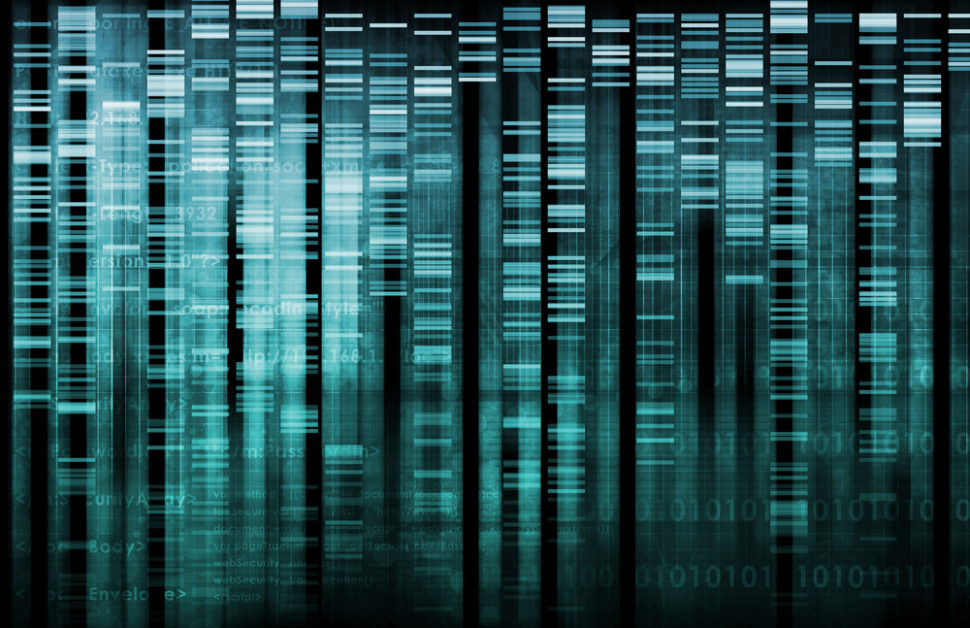Researchers have developed a new forensic technique that could identify a person from a single strand of hair. That’s eight times more sensitive than the current protein analysis methods.
In the past, forensic scientists could only collect data from a person’s hair if DNA from the skin was attached to the hair follicle. But, recent technological advancements have made the technique even better.
Now we can analyze the proteins – like keratin – in the hair itself.
The sequence of amino acids in the protein varies with individuals based on their genetic code. So, instead of DNA, scientists simply use the information in the protein to identify people with a high degree of accuracy.
Now, here’s the catch.
The identification method requires several grinding and heating of the hair, which, in turn, destroys part of the protein. Whatever protein is remaining may not be enough to make a confident identification.
To address this issue, the scientists at the National Institute of Standards and Technology (NIST) had to develop a new technique.
Developing a New Forensic Technique For Protein Identification
The researchers’ goal was to retain as much protein as they could for analysis. So, they reduced the previous process into a single step: heating the hair in a detergent solution. It worked.
The researchers were able to recover more proteins from the dissolved hair than ever before using mass spectrometry analysis. Also, they noted a dozen new protein building blocks – called genetically variant peptides – which vary among individuals.
A NIST health specialist and study author, Zheng Zhang explained:
“The more GVPs you have, the more people you can distinguish from each other. It’s like having additional genetic alleles in a DNA profile.”
In the future, forensic scientists may depend on GPVs to identify people in criminal cases.
Be that as it may, the new method is far from perfect, says Glendon Parker, a biochemist at the University of California, Davis. For one, it takes too long to extract the protein after dissolving the hair.
Also, the new forensic technique requires a high level of expertise. Only scientists with extensive experience in protein analysis technique can employ the method successfully, says Parker.



















Comments (0)
Most Recent